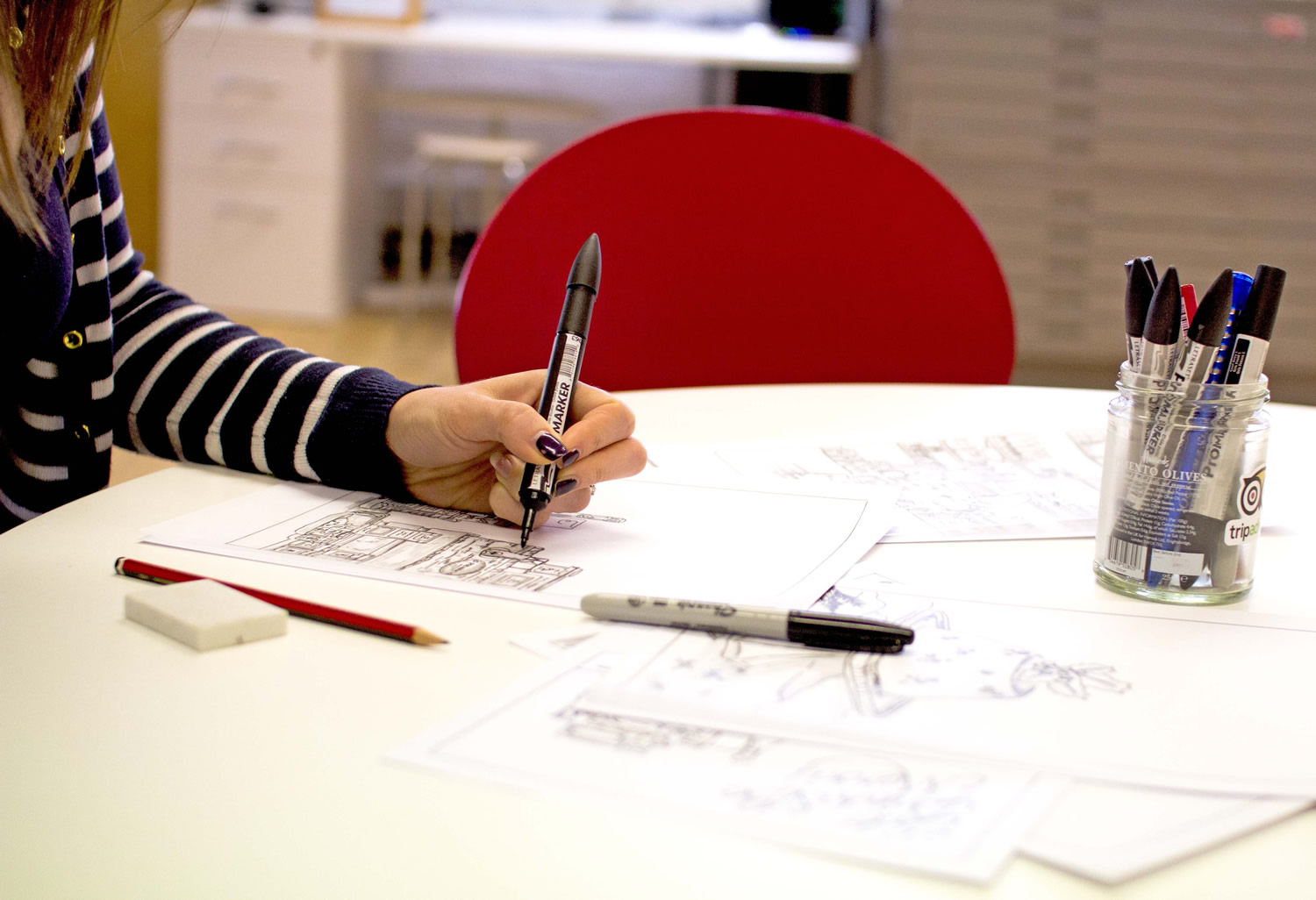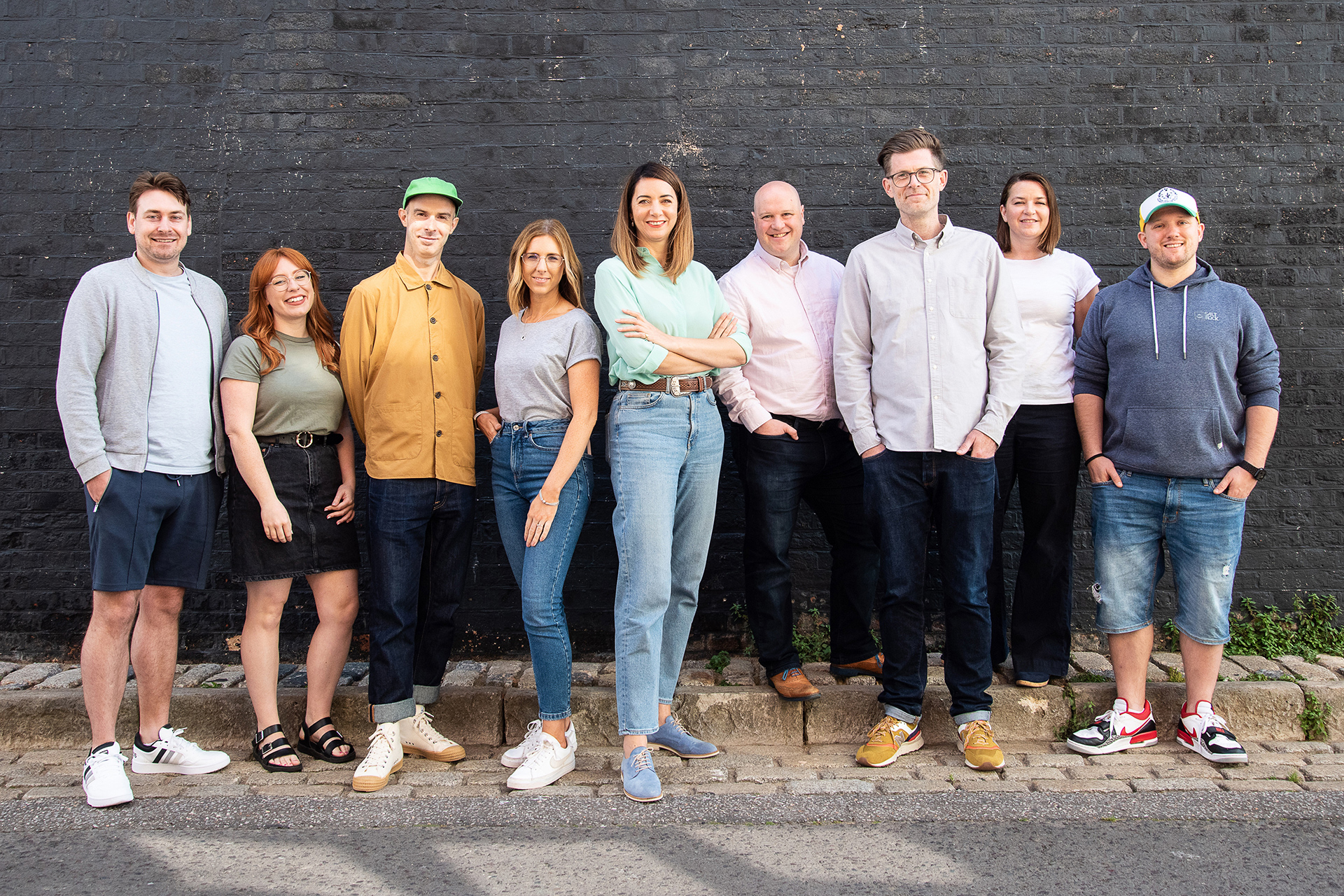The value of scamping
Scamping allows us to visually explore ideas that creatively solve problems

Communicating creative ideas to clients is something a designer does everyday. Whether it’s initial ideas for a brand identity, advertisement or brochure, ideas have to start somewhere.
It’s easy to dive straight in and produce highly polished visuals. When we need to communicate ideas to both our peers and clients, however, picking up pens and sketching on paper means that we can communicate our ideas quickly, without getting hung up on the style, background colour and font choice.
Scamping is a way of visually communicating the creative ideas that float around in our heads. You don’t need to be a natural artist or illustrator, as scamps don’t need to be works of art. They’re simply a way of helping those around us visualise and better understand our ideas. Scamping ideas in the initial stages of any project, big or small, has many benefits.
The quick nature of scamping allows us to present more ideas without being too precious or refining our ideas too quickly in the initial stages. By sharing these initial loose sketches, we invite commentary. The recipient is provided the opportunity to get involved, and if they see a concept that works for them, together the idea can be evolved.
Increasingly, there is too much expectation that the ideas presented in the initial stages of a design project must be polished concepts. Often, this can be off-putting. If the ideas look like final concepts, they can seem unchangeable and risk being dismissed outright, without the individual merits of each being taken into account.
In our experience, adding scamping to the design process allows us to visually explore ideas that creatively solve problems, and creates a healthy discussion among peers and clients.





